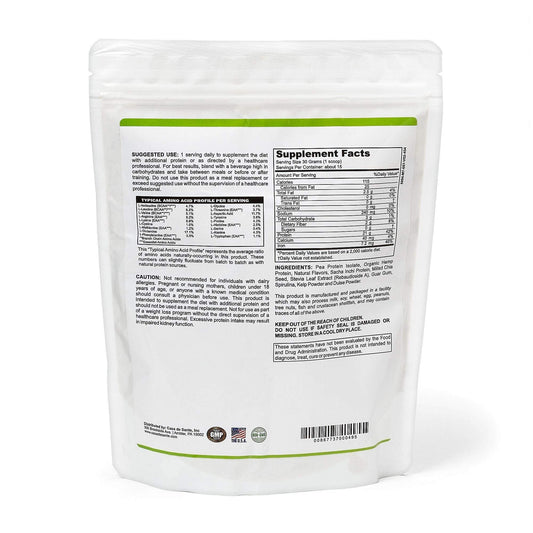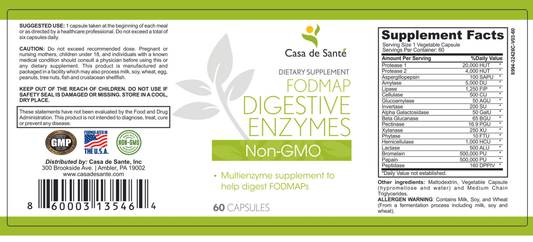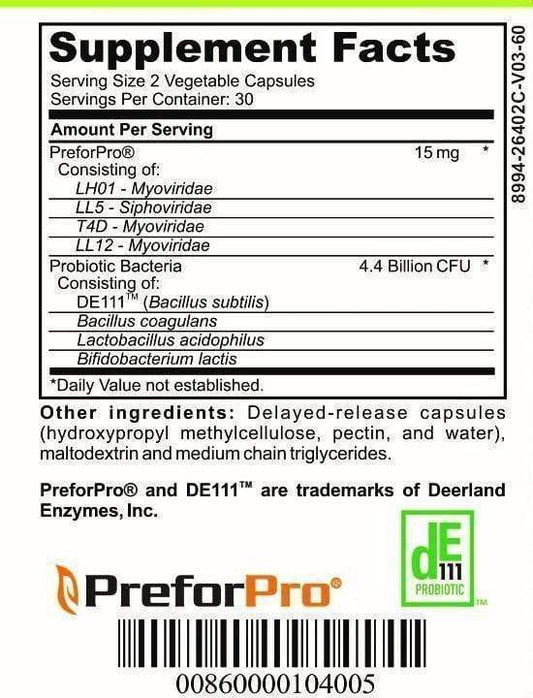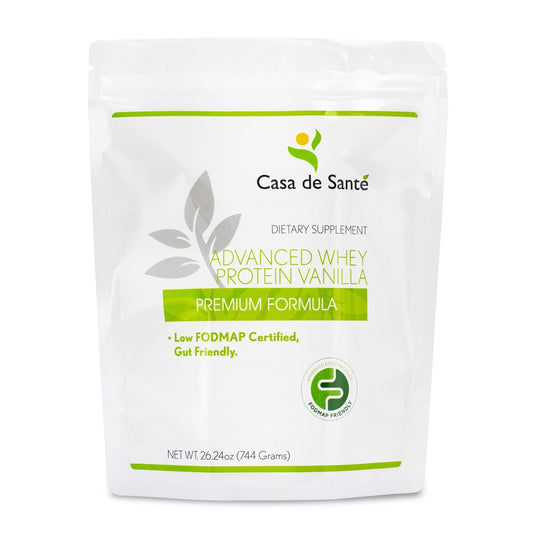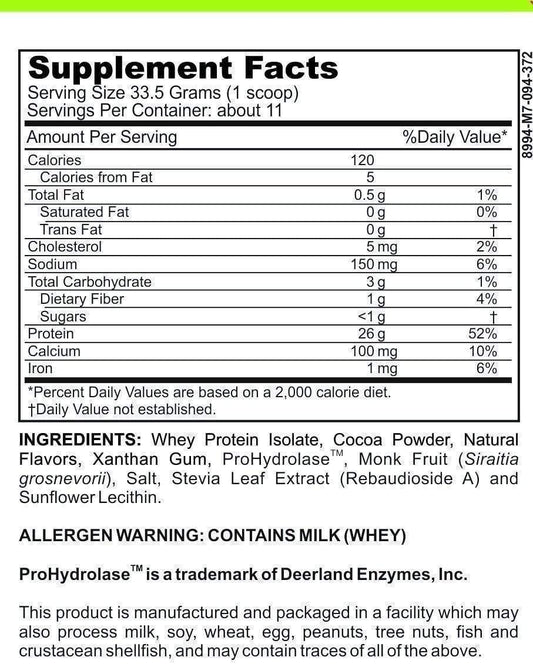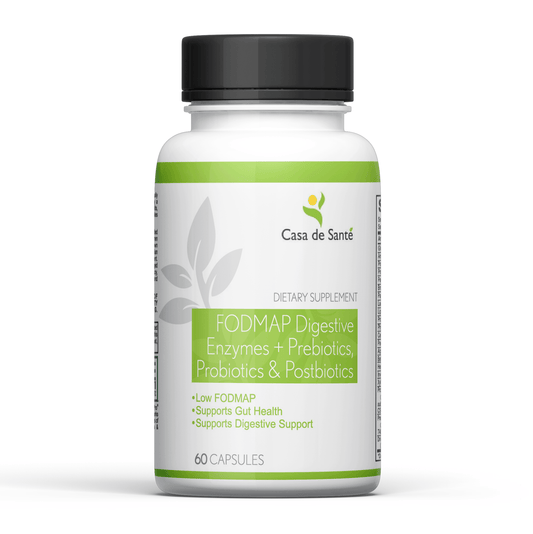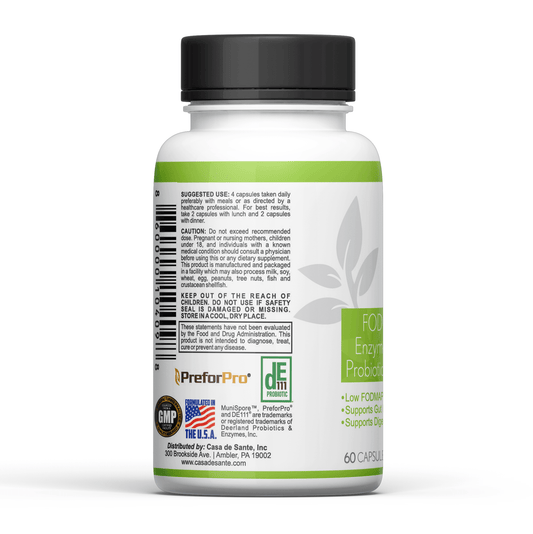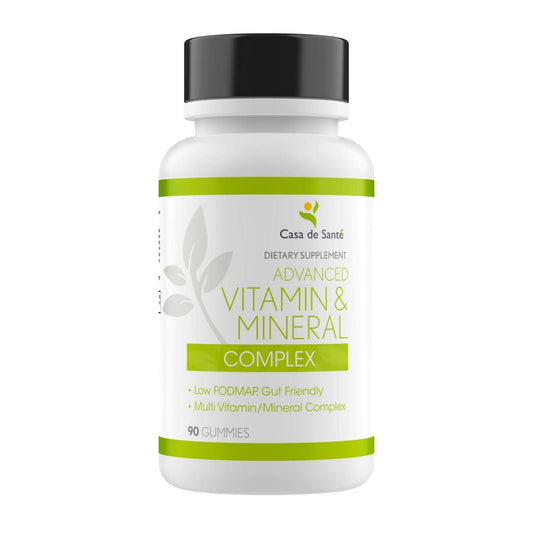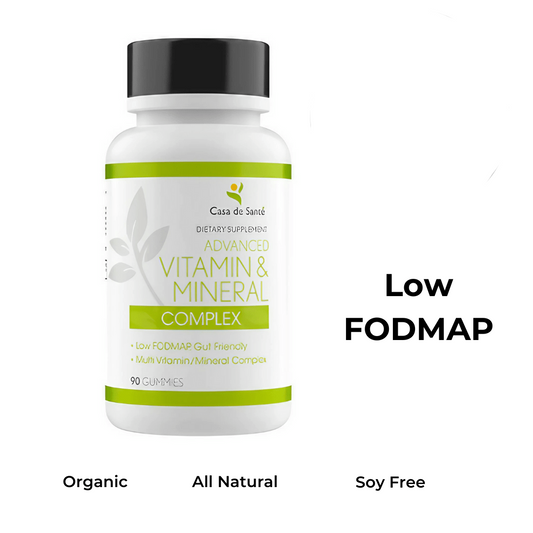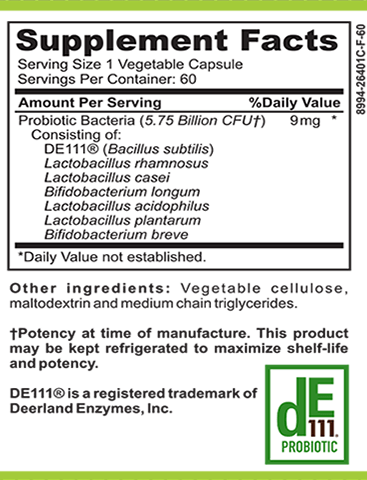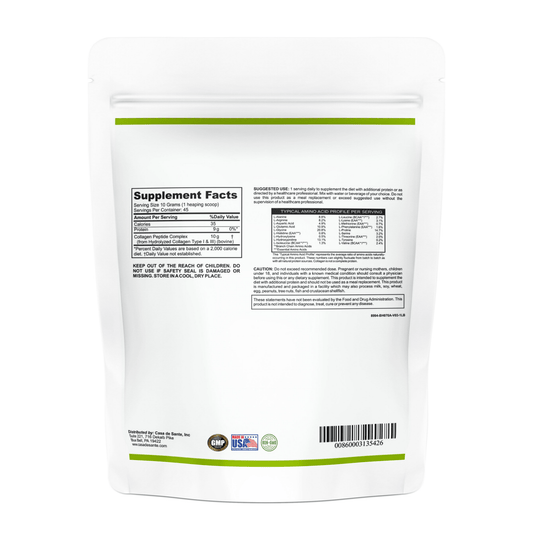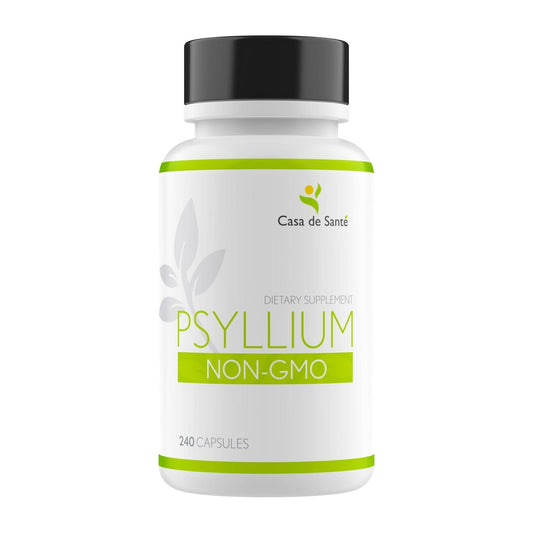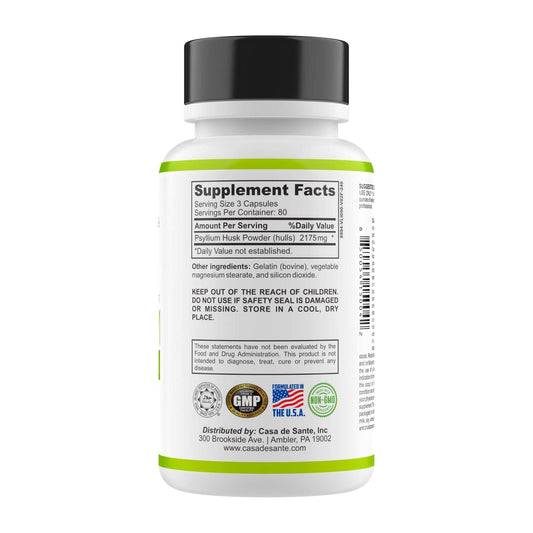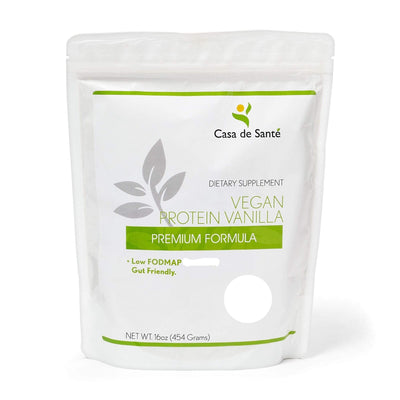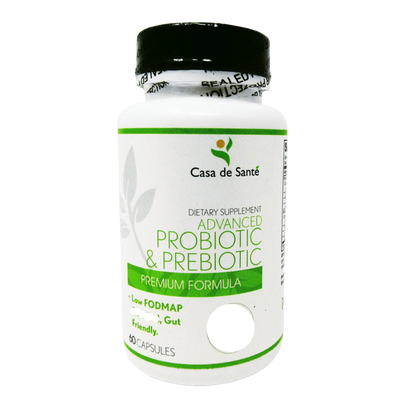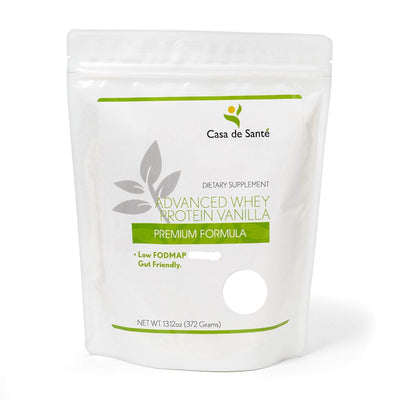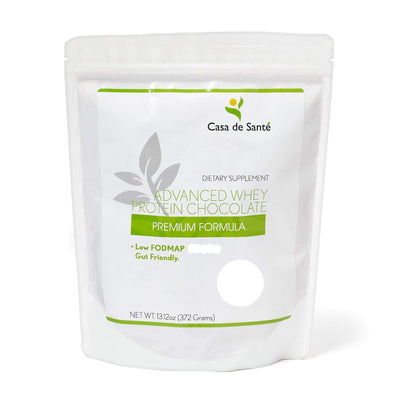Low FODMAP Restaurant Foods
Low FODMAP Restaurant Foods
Are you following a low FODMAP diet and wondering how to navigate restaurant menus? Eating out while on a restricted diet can be challenging, but with a bit of knowledge and preparation, it is possible to enjoy delicious meals. In this article, we will explore the basics of the low FODMAP diet, discuss its benefits, and provide tips for identifying suitable food options when dining out. We will also share some low FODMAP choices at popular restaurant chains and give you ideas for creating your own low FODMAP meals at restaurants. Let's dive in!
Understanding the Low FODMAP Diet
The low FODMAP diet is an evidence-based approach designed to manage symptoms of irritable bowel syndrome (IBS) and digestive disorders. FODMAPs, which stands for Fermentable Oligosaccharides, Disaccharides, Monosaccharides, and Polyols, are certain types of carbohydrates that can be poorly absorbed in the small intestine. When these carbohydrates are not properly absorbed, they can cause symptoms like bloating, gas, abdominal pain, and diarrhea.
It is important to understand the science behind the low FODMAP diet to fully grasp its benefits. The carbohydrates in FODMAPs are osmotically active, meaning they attract water into the small intestine. This can lead to increased fluid volume in the gut, resulting in symptoms such as bloating and diarrhea. Additionally, FODMAPs are also rapidly fermented by gut bacteria, producing gas as a byproduct. This gas can contribute to abdominal distension and discomfort.
What is the Low FODMAP Diet?
The low FODMAP diet involves temporarily eliminating high FODMAP foods from your diet and then reintroducing them in a systematic way to determine which ones trigger symptoms. The goal is to identify and avoid specific FODMAPs that are problematic for your digestive system, while still allowing a wide variety of foods that are low in FODMAPs.
During the elimination phase of the low FODMAP diet, individuals are advised to avoid high FODMAP foods such as certain fruits (e.g., apples, cherries), vegetables (e.g., onions, garlic), grains (e.g., wheat, rye), and dairy products (e.g., milk, yogurt). This phase typically lasts for 2-6 weeks, depending on individual response and symptom improvement.
After the elimination phase, the reintroduction phase begins. This involves systematically reintroducing specific FODMAP groups, one at a time, in increasing amounts to assess tolerance and identify personal triggers. This phase can be challenging and requires careful monitoring of symptoms and food intake.
Benefits of the Low FODMAP Diet
The low FODMAP diet has been shown to be effective in reducing symptoms in about 70-80% of individuals with IBS. By minimizing the intake of FODMAPs, you can help relieve bloating, gas, and other discomforts associated with digestive disorders.
It is important to note that the low FODMAP diet is not a long-term solution but rather a short-term strategy to identify and manage trigger foods. Once trigger foods have been identified, a modified FODMAP diet can be followed, allowing for a more balanced and varied eating pattern.
Who Should Follow a Low FODMAP Diet?
The low FODMAP diet is primarily recommended for individuals diagnosed with IBS or other functional gastrointestinal disorders. If you frequently experience symptoms like abdominal pain, bloating, diarrhea, or constipation, it's worth discussing the low FODMAP diet with your healthcare provider or a registered dietitian.
It is important to work with a healthcare professional or a registered dietitian when embarking on the low FODMAP diet, as it requires careful planning and guidance. They can help ensure that you are meeting your nutritional needs while following the diet and provide support throughout the process.
It is also worth mentioning that the low FODMAP diet may not be suitable for everyone. Individuals with certain medical conditions, such as celiac disease or inflammatory bowel disease, may require different dietary approaches. Therefore, it is crucial to seek personalized advice from a healthcare professional.
Identifying Low FODMAP Foods in Restaurants
When dining out, it's important to have a good understanding of which foods are low in FODMAPs. While it may seem daunting at first, with practice, you'll become more confident in making suitable food choices. Here are some tips to help you navigate restaurant menus:
First and foremost, it's essential to communicate with your server or the restaurant staff about your dietary needs. Inform them about your low FODMAP diet and ask if they have any menu options that cater to those requirements. Many restaurants nowadays are familiar with various dietary restrictions and are willing to accommodate.
Common Low FODMAP Foods:
There are plenty of low FODMAP foods that are commonly found on menus, such as grilled meats, fish, poultry, eggs, tofu, rice, quinoa, potatoes, spinach, lettuce, cucumber, carrots, and most herbs and spices. These ingredients can form a basis for your meal when dining out.
If you're in the mood for a protein-packed dish, grilled meats like chicken, beef, or fish are excellent options. Pair them with a side of steamed vegetables such as spinach, carrots, or cucumber for a well-rounded and low FODMAP meal. Don't forget to ask the restaurant if they use any high FODMAP marinades or sauces on their meats.
For vegetarians or vegans, tofu is a versatile and low FODMAP protein source that can be found in many Asian-inspired dishes. Look for stir-fried tofu with a side of steamed rice or quinoa for a satisfying and FODMAP-friendly meal.
Foods to Avoid on a Low FODMAP Diet:
On the flip side, there are certain high FODMAP foods that should be avoided on a low FODMAP diet. These include wheat, rye, barley, garlic, onions, certain fruits like apples and pears, certain vegetables like cauliflower and mushrooms, dairy products containing lactose, and certain legumes like beans and lentils.
When scanning a restaurant menu, be cautious of dishes that contain wheat-based ingredients, such as pasta, bread, or flour tortillas. Opt for gluten-free alternatives if available. Additionally, dishes that are heavily seasoned with garlic or onions should be avoided, as they are high in FODMAPs. Look for dishes that use alternative seasonings or ask the restaurant if they can accommodate your request.
It's important to note that some fruits and vegetables, like apples, pears, cauliflower, and mushrooms, are high in FODMAPs. Be mindful of salads or dishes that include these ingredients and consider requesting substitutions or modifications.
Lastly, if you're lactose intolerant, it's crucial to avoid dairy products containing lactose. This includes milk, cheese, ice cream, and cream-based sauces. Luckily, many restaurants offer lactose-free alternatives or can make adjustments to accommodate your needs.
By familiarizing yourself with low FODMAP foods and being proactive in communicating with restaurant staff, you can enjoy dining out while adhering to your dietary requirements. Remember, practice makes perfect, so don't be discouraged if it takes some time to become comfortable with identifying suitable options. Happy dining!
Tips for Dining Out on a Low FODMAP Diet
Dining out can be a wonderful experience, even when following a low FODMAP diet. With a little preparation and communication, you can enjoy your meal with peace of mind. Here are some tips to help you navigate your low FODMAP dining experience:
Questions to Ask Your Server:
When you arrive at the restaurant, don't hesitate to ask your server about the ingredients and preparation methods of the dishes you are considering. Be specific about your dietary needs and ask if any substitutions can be made to accommodate your low FODMAP requirements.
For example, you can ask if the salad dressing contains any high FODMAP ingredients like onions or garlic. It's important to know what goes into your food so that you can make informed choices.
Making Substitutions and Requests:
Don't be afraid to make simple requests, such as asking for your meal to be prepared without onions, garlic, or certain sauces that may contain high FODMAP ingredients. Many restaurants are happy to accommodate dietary restrictions and can make modifications to suit your needs.
If you're unsure about what can be substituted, you can ask if they have alternative options, like using gluten-free soy sauce instead of regular soy sauce. Some restaurants even have a separate low FODMAP menu or are willing to customize dishes to meet your dietary needs.
Additionally, it's worth mentioning any specific FODMAPs you are avoiding, such as lactose or fructose, as this will help the kitchen staff understand your requirements better.
Remember, communication is key when dining out on a low FODMAP diet. Don't hesitate to ask questions, make requests, and advocate for your dietary needs. By doing so, you can ensure a more enjoyable and worry-free dining experience.
Low FODMAP Options at Popular Restaurant Chains
Despite the limited options one might expect, many popular restaurant chains offer low FODMAP choices. Let's take a look at some of these options:
Low FODMAP Choices at Fast Food Restaurants:
In fast food chains, opt for grilled chicken or beef burgers without the bun. These protein-packed options are not only delicious but also low in FODMAPs. Pair your burger with a side of steamed vegetables or a crisp salad with low FODMAP dressing options. These refreshing choices will satisfy your hunger without triggering any digestive discomfort.
Additionally, some fast food chains now offer customizable bowls, allowing you to create a low FODMAP meal tailored to your preferences. Choose a base of rice, which is low in FODMAPs, and add your choice of protein, such as grilled chicken or tofu. Top it off with an assortment of low FODMAP vegetables like bell peppers, spinach, and carrots. Be cautious of dressings, sauces, and condiments that may contain high FODMAP ingredients. Opt for simple oil and vinegar dressings or inquire about low FODMAP options available.
Low FODMAP Options at Casual Dining Restaurants:
When dining at casual dining restaurants, you'll find a wider variety of low FODMAP choices to satisfy your cravings. Look for grilled meats, such as steak, chicken, or fish, which are often prepared without high FODMAP ingredients. These protein options will provide you with a satisfying and flavorful meal.
For a lighter option, consider ordering steamed or grilled vegetables as a side dish. Broccoli, zucchini, and green beans are all low FODMAP choices that can complement your main course. If you're in the mood for a salad, look for options that come with low FODMAP dressings. These dressings are typically made with ingredients like olive oil, lemon juice, and herbs, which add a burst of flavor without causing any digestive distress.
Some casual dining restaurants also offer build-your-own bowl options, allowing you to customize your meal with low FODMAP ingredients. Start with a base of rice or quinoa, both of which are low in FODMAPs. Then, add your choice of protein, such as grilled shrimp or tofu. Finally, top it off with an array of low FODMAP vegetables like cucumbers, tomatoes, and baby spinach. This customizable option ensures that you can enjoy a delicious and satisfying meal while adhering to your low FODMAP diet.
Creating Your Own Low FODMAP Restaurant Meals
When dining out, it's not always necessary to rely solely on the menu. With a little creativity, you can create your own low FODMAP meal. Here are some ideas to get you started:
Low FODMAP Meal Ideas:
Start with a protein source like grilled chicken or fish and pair it with a side of steamed vegetables or a salad. Be cautious with dressings or sauces and opt for low FODMAP options like olive oil and lemon juice. If possible, bring your own low FODMAP snacks or condiments to enhance your meal.
Ingredients to Include in a Low FODMAP Meal:
When dining out, look for ingredients that are low in FODMAPs, such as lean proteins like chicken, fish, or tofu, gluten-free grains like rice or quinoa, non-starchy vegetables like spinach or carrots, and herbs and spices to add flavor.
With a little knowledge and planning, dining out on a low FODMAP diet can be enjoyable and stress-free. Remember to inform your server about your dietary needs, ask questions about ingredients, and make suitable choices from the menu. By being proactive and creative, you can savor delicious meals while keeping your symptoms at bay. Bon appétit!


